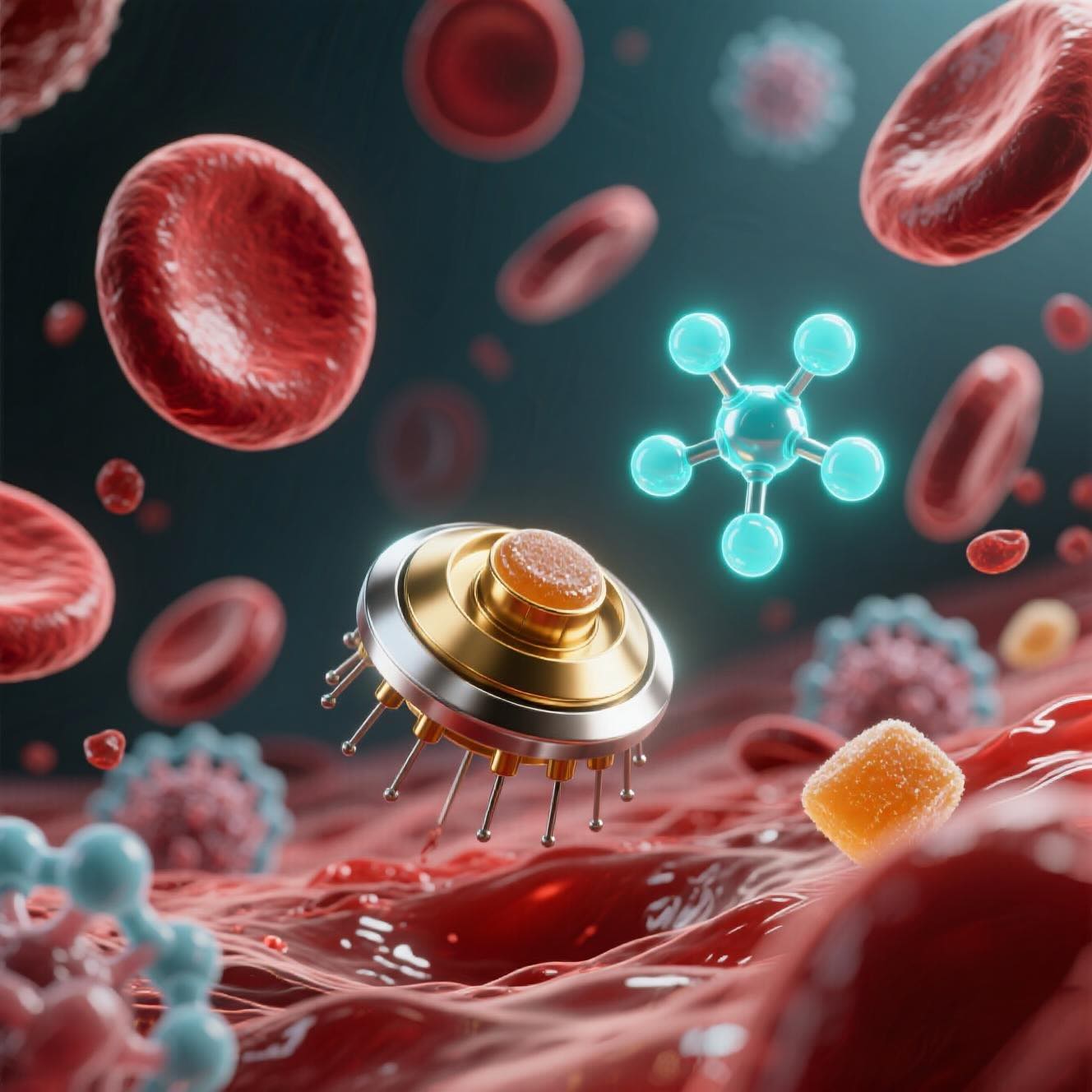
Researchers developed a stable, enzyme-free glucose biosensor using platinum–gold nanostructures on PCBs, achieving high sensitivity, long shelf-life, and real-world applicability for future wearable diabetes monitoring.
Diabetes is a major public health issue of our era. Over 463 million people worldwide lived with it in 2019, and projections suggest 700 million by 2045. Managing this condition largely depends on one thing: monitoring blood glucose levels.
If blood sugar runs too high or too low, complications can arise—ranging from nerve and eye damage to heart and kidney problems. That’s why glucose sensors are lifesaving tools, empowering patients to check and control their sugar levels daily.
Traditional glucose biosensors rely on enzymes, especially glucose oxidase, to detect glucose with great accuracy. But enzymes are fragile—they degrade under heat, pH changes, and humidity. They’re also costly and have limited shelf life.
This is where abiotic (enzyme-free) glucose sensors step in. The research we’re covering today introduces a robust, innovative design using gold (Au) and platinum (Pt) nanostructures—promising a cheaper, more stable, and more durable way to measure glucose.
The study from the University of Bath reports a composite nanostructured electrode built on a printed circuit board (PCB). The design layers materials with complementary strengths:
👉 The result: a PANI-Pt/hPG/Au electrode, combining the best of all worlds—high activity, excellent conductivity, and long-term stability.
Instead of relying on enzymes to break down glucose, these electrodes catalyze direct electrochemical oxidation of glucose molecules at their surfaces.
This method is faster, more stable, and enzyme-free—making it perfect for future wearable or implantable glucose monitors.
The research team tested three electrode versions:
👉 The platinum-enhanced electrode was almost twice as sensitive as porous gold alone!
They also tested electrodes in synthetic interstitial fluid (SIF)—a liquid mimicking the fluid between human cells.
One of the most impressive results: long-term stability.
Thanks to the PANI layer, the platinum nanoparticles stayed firmly attached and dispersed—preventing agglomeration or leaching.
This is huge news for practical devices: it means a sensor could stay reliable for months without replacement.
The development ticks several critical boxes for next-gen glucose biosensors:
✅ Enzyme-free: no fragility or high costs of biological materials.
✅ Scalable & cheap: one-step synthesis and PCB integration make mass production feasible.
✅ Durable: strong performance even in complex fluids over months.
✅ Wearable-ready: can be built into compact, low-cost, non-invasive devices.
This could transform how millions of people monitor diabetes—making continuous glucose monitoring more affordable, robust, and accessible worldwide.
The authors see several exciting directions:
This research shows that gold and platinum nanostructures, supported by conductive polymers, can deliver a new generation of glucose biosensors.
The PANI-Pt/hPG/Au electrode:
It’s a big step towards reliable, affordable, enzyme-free glucose monitoring—a game-changer for diabetes care and beyond. 🌍💙
Biosensor 🧪 A device that detects a specific chemical (like glucose) and converts it into a measurable signal (like an electrical current). Think of it as a tiny detective that spots molecules. - More about this concept in the article "Revolutionizing Antioxidant Detection: Bacteria-Powered Biosensors for a Healthier Tomorrow 🌱".
Glucose 🍬 A type of sugar that serves as the primary energy source for our body's cells. Monitoring glucose levels is crucial for people with diabetes to stay healthy.
Enzyme-based Sensor ⚡ Traditional biosensors that use biological catalysts (enzymes) like glucose oxidase to detect glucose. They’re very accurate but fragile and expensive.
Abiotic (Enzyme-free) Sensor ⚙️ A sensor that doesn’t rely on enzymes. Instead, it uses metals or polymers to directly detect glucose—making it cheaper and more stable.
Nanostructures 🔬 Materials engineered at the nanoscale (a billionth of a meter). At this tiny size, metals like gold and platinum have special properties that boost sensor performance. - More about this concept in the article "Harnessing the Power of Light: How Black Silicon Revolutionizes Solar Cell Efficiency 🌞 ⬛".
Highly Porous Gold (hPG) ✨ Gold structured like a sponge with many tiny holes. This massively increases its surface area, giving glucose more spots to “dock” and react.
Platinum Nanoparticles (PtNPs) ⚡ Extremely small particles of platinum that act as powerful catalysts, speeding up glucose reactions and producing stronger signals.
Polyaniline (PANI) 🧩 A conductive polymer (plastic-like material) that improves stability and keeps nanoparticles from clumping or falling off the electrode.
Printed Circuit Board (PCB) 💻 The same green boards you see in electronics. Here, they’re used as a cheap, scalable base for building glucose sensors.
Interstitial Fluid (SIF) 💧 The liquid that surrounds our body’s cells. Sensors that can read glucose here enable non-invasive monitoring (no finger-pricking!).
Source: Niyazi, A.; Linden, A.; Di Lorenzo, M. Robust Pt/Au Composite Nanostructures for Abiotic Glucose Sensing. Biosensors 2025, 15, 588. https://doi.org/10.3390/bios15090588
From: University of Bath.